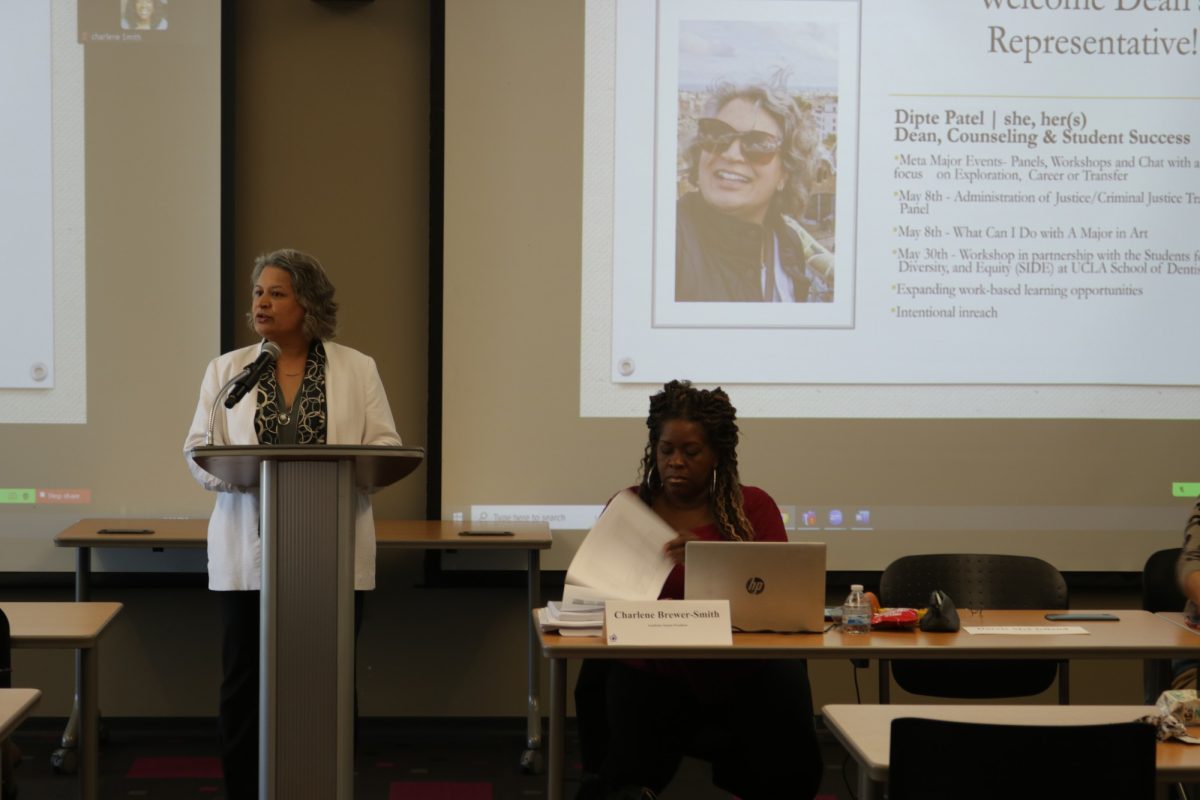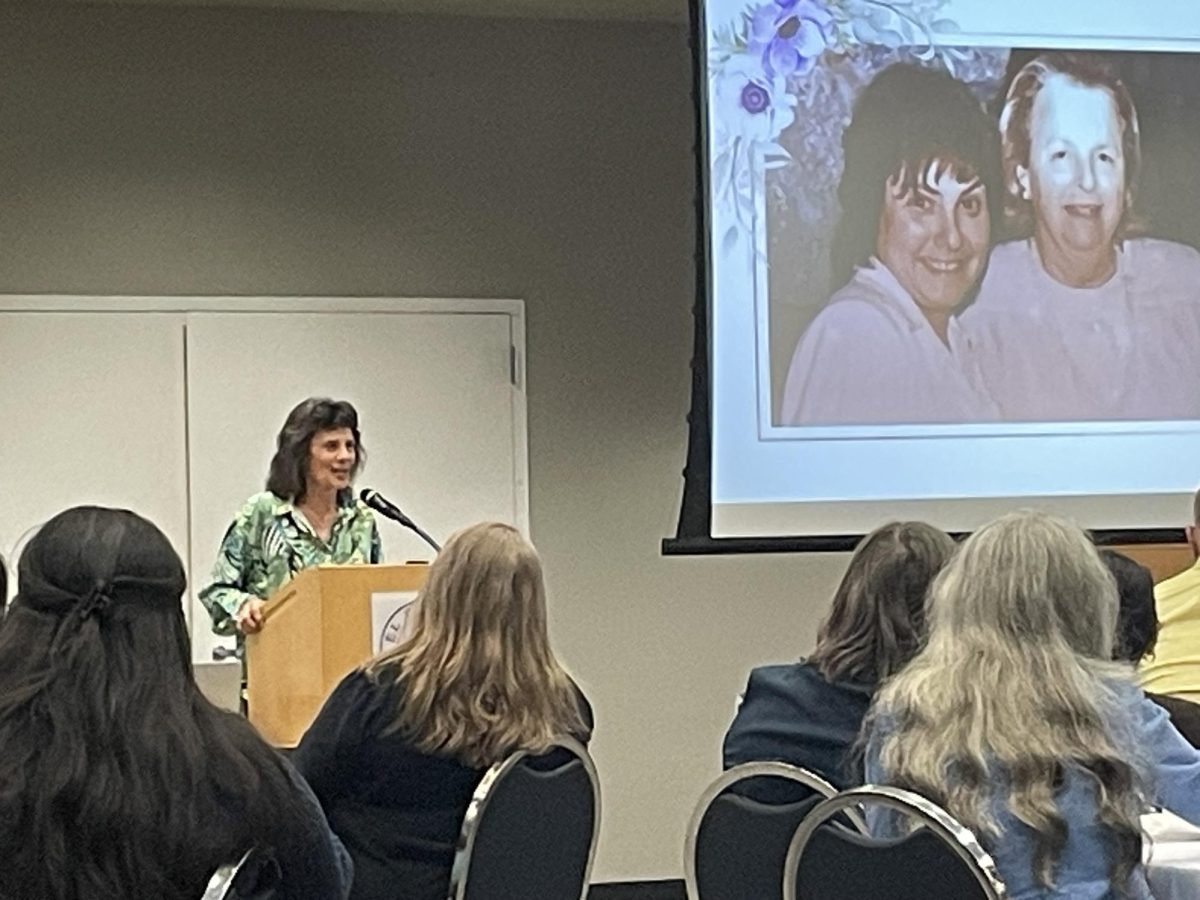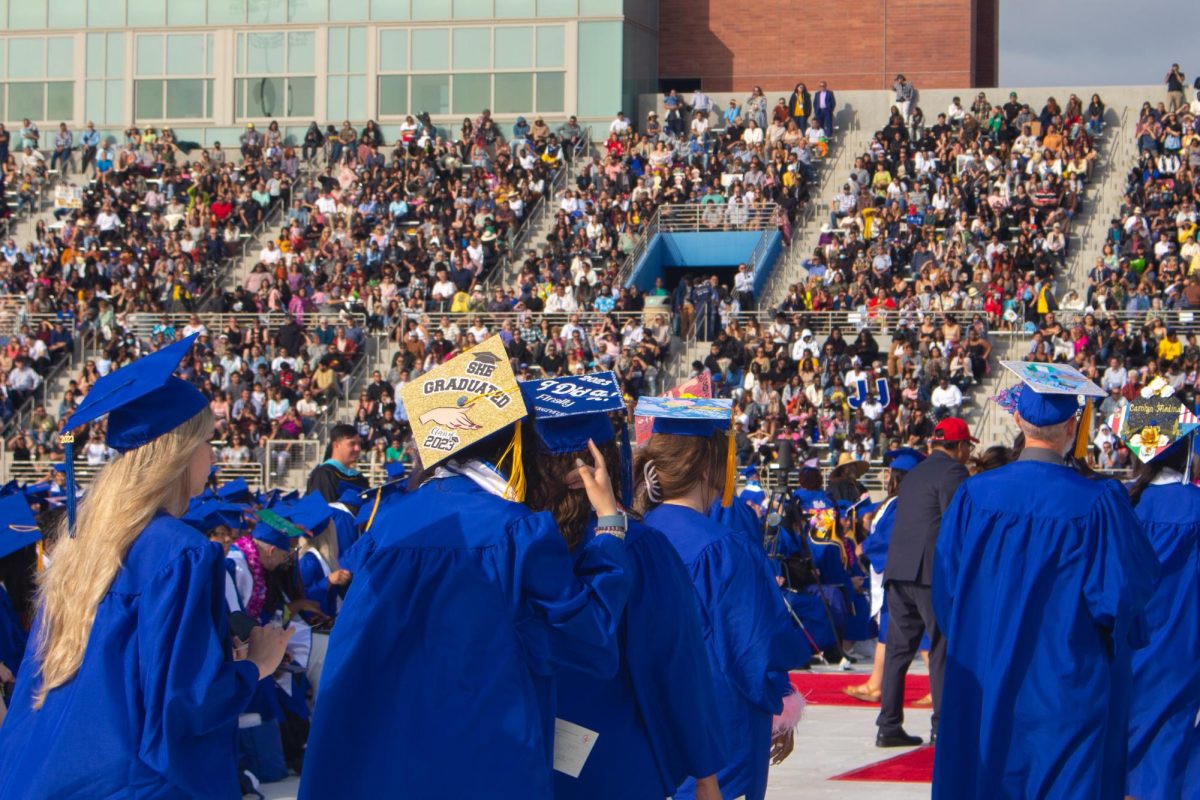Editor’s note: This article is part of a series that will focus on campuswide problems.
For two weeks, there has been no way for Yolanda Ybarra to get to her sociology class because the elevator to her third floor classroom in the Art and Behavioral Sciences Building is broken.
Ybarra uses a wheelchair and is among the many physically disabled students and staff members who frequently find themselves unable to get class because the 21 aging elevators on campus are chronically broken, with many displaying expired permits.
“I’m missing a lot of information and am unable to go to my teachers office and ask questions,” Ybarra said.
David Miller, assistant director of maintenance and construction, said that elevator maintenance, which costs thousands of dollars, is contracted out to a company that is contractually obligated to get to a broken elevator within four hours of a service call and fix it within 24 hours.
“We usually get calls of work orders and contact the company immediately. We are having a very hard time enforcing that contract and it’s an ongoing issue with us,” Miller said.
Miller said that the elevators, installed in the late ’80s and early ’90s, are maintained on a monthly basis.
He attributes delayed maintenance to the difficulty in finding new parts, which he said is the problem with the elevator in the Art and Behavioral Sciences Building.
“We usually have one to two elevators out one to two times a semester and it’s been happening ever since we’ve gotten elevators on campus,” Lynn Clemons, alternate media technology supervisor, who works with disabled students, said.
“It’s a chronic issue where it imposes on the academic environment for the instructors and students,” she said.
Federal and state law dictates that all students should be able to access their class, regardless of their physical impairment.
Some of the buildings can be accessed via ramps, freight elevators and walkways to other buildings with elevators in the event that an elevator is broken.
However, many buildings have only an elevator to provide access for disabled students.
“If we have difficulty getting disabled students to their classes because the elevator is out, how easy is it to get them out of a building if there is a natural disaster?” Clemons said.
The elevators are inspected by the state on a yearly basis and should have updated permits posted in the elevators, Al Tafazoli, principal engineer for elevator units of the California Industrial Relations Division of Occupational Safety and Health Administration, said.
“They (the college) should install the new permits, they got the new permit; I don’t know why they aren’t posting it,” Tafazoli said.
Miller said that the college has all of the current permits on and is in compliance, although they are not displayed.
“They (the permits) should be put up. Why they are not, I don’t know; I will investigate it,” he said.
Clemons said that there needs to be a plan in place in the event that a disabled student is unable to get to class, such as moving the class to an alternate location or videotaping them in order to accommodate the students.
“There is a lot of creative problem solving that needs to get done. There needs to be a more comprehensive and institutional response to make sure that there’s access,” Clemons said. “It doesn’t just take one office or department; it takes all of us to make this work.”





